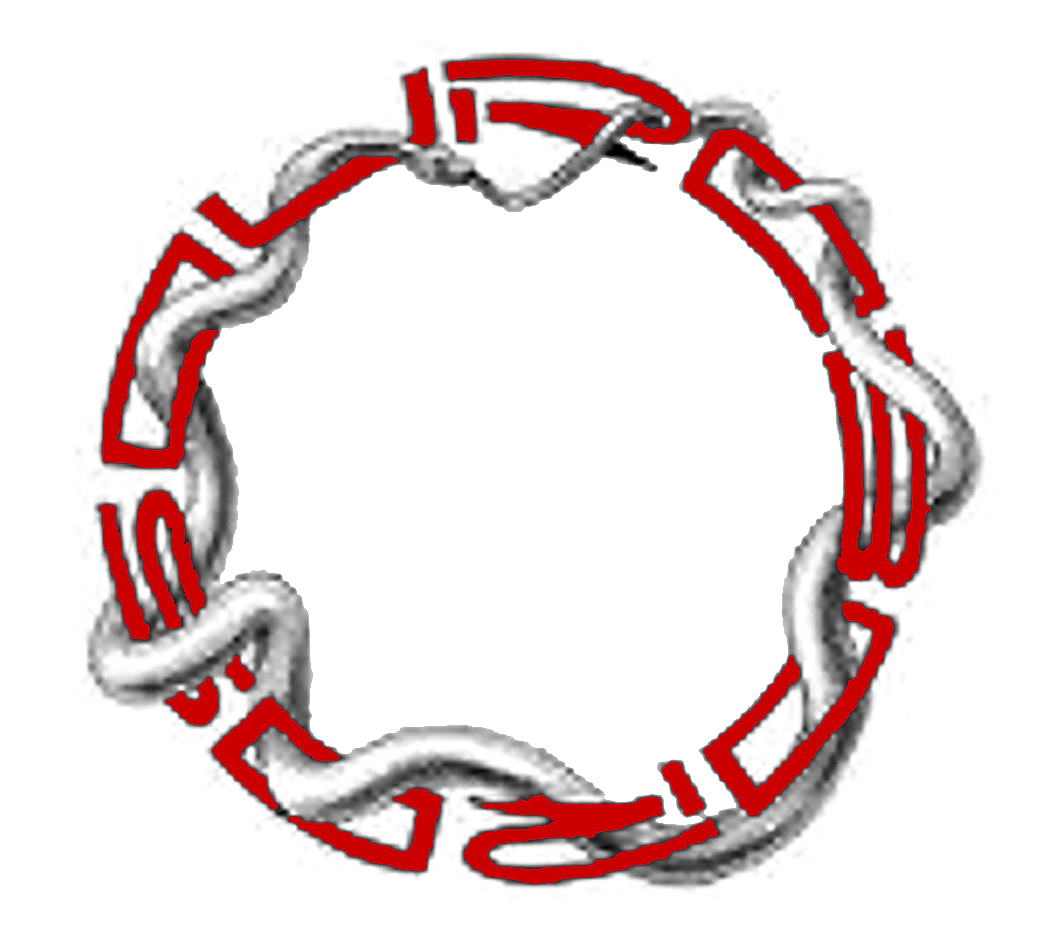accidental guerrillas in our midst
July 10th, 2010The rest of the book goes on to illustrate how the accidental guerrilla syndrome rallied locals to the side of international jihadis everywhere from Iraq to Afghanistan to East Timor, and argues that the syndrome was responsible for mobilizing most of the violence against an outside American military presence. Locals who either want in on the action, or are afraid “the Crazies will kill them,”2 reportedly make up nearly 90% of those fighting back against what’s been sold to them as a military operation undertaken by outsiders.
In the last few chapters of the book, Kilcullen addresses the potential for Europe to act as a stating area for terrorism and future accidental guerrillas, as well as the role there of micro-havens, “urban undergrounds, alienated ethnic groups, and slums where the writ of government does not always run and where police and security services’ situational awareness is low.”3
But oddly enough, the potential for accidental guerrillas to emerge in America is never explored.
Another nearly identical term for “microhavens” is State Shells. At the broadest level, State Shells are semi-autonomous polities hosted within a nation that are able to impose their own will and organizational structure on some segment of society beyond the reach of local government regulation.
Strictly speaking, State Shells are cohesive organizations which have “a monopoly on the means of violence; territoriality; taxation; and public bureaucracy”4 within their stomping-grounds. The depth and breadth of the will they are able to impose varies greatly from situation to situation, but generally State Shells establish a following in a society by filling gaps left open by the government.
The less able a government is to provide public works and order, from hospitals to schools to support for the needy, the bigger the opportunity a State Shell has to gain credibility and then power within a pocket of that state. Hezbollah, the PLO, the IRA, ETA, and the Shining Path, are a few of the more notorious State Shells.
A crucial common-denominator among all State Shells is economic independence from the host government – State Shells must be able to raise their own funds, either through their own taxes, outside support, or often via the illicit trade and smuggling of drugs and guns. Within America the drug trade forms a particular poignant example of this, as the hierarchy of gang commerce has come to mimic the corporate pyramid of power – with lots of low-level workers propping up a few kingpins.
Many of the world’s most recognizable terrorist groups are prime examples of State Shells filling the gaps created when a government – beset by political violence, incompetence, or upheaval – is unable to fully govern.
Or, in the modern American case a government may lose its grip on governance because of economic catastrophe, as California is one of the first but not the last state to openly discuss ending many forms of public welfare and support for the needy, and is already laying off cops and other public officials. This creates even wider gaps for gangs to fill, as in many urban black communities gangs already provide jobs in the form of drug dealing, and act as the de facto security force and arbiters of justice.
Within a State Shell there is no such thing as the rule of law, and the exercise of Godfather-esque impersonal power that is based not on a code of justice but individual whim is paramount over political representation or citizenship. Although they do provide public works, a State Shell’s overall effect is not a positive one on the society that hosts it, as they are by nature exploitative and predatory.6
Examples of this behavior span numerous continents and countless generations. But nowhere and never has it been so apt than among the minority populations of America’s innercities. Gangs serve as imperfect examples of State Shells, but examples all the same. If there’s anywhere a State Shell might find traction in America, it’s among our urban minority innercities. For generations our urban innercities have been haunted by gang life and the drug trade.
Neither gang life nor the drug trade manifested spontaneously out of the black community. They only emerged after racially biased drug laws caused blacks, who make up 14% of our drug-users but over half of those imprisoned for drug-use, to find their lives dictated by a life behind walls we all built but refuse to see.
Nearly any way you look at it, our current economic crisis is impacting our poor black communities much more acutely than our poor white ones. The most obvious indicator is the still skyrocketing unemployment rate, which for young black males is now twice as high as their young white counterparts. But simple unemployment doesn’t capture the full scope of economic distress.
Throughout history, social uprising have coincided with high levels of economic disparity. The American Revolution, the French Revolution, China’s Cultural Revolution, both of Russia’s modern revolutions, and even the ’79 Iranian Revolution all received a heavy push from economic discontent.
It seems as if the poor have some unseen threshold, like they can only get so poor before they lash out violently against the system. Like the odds a social uprising will occur increases in tandem with the level of economic disparity.
Category: Uncategorized | Tags: civil unrest, domestic terrorism, income inequality, innercity violence, racial wealth disparity, terrorism, terrorist attacks, war on drugs Comment »






